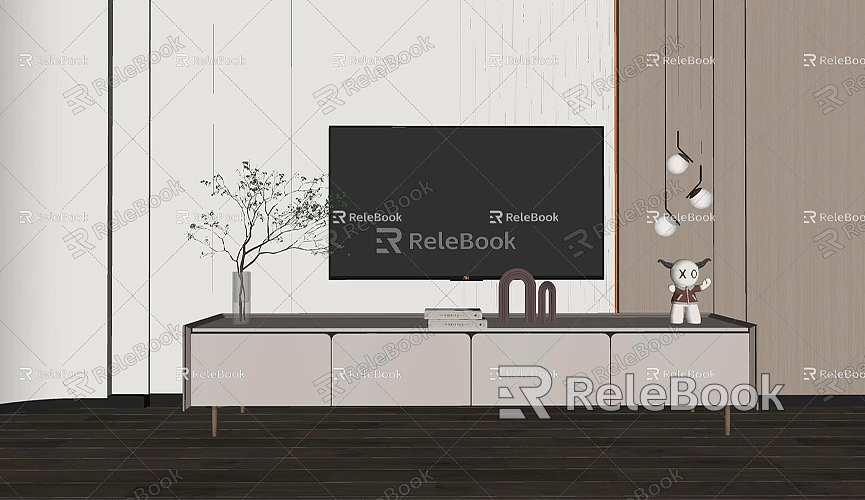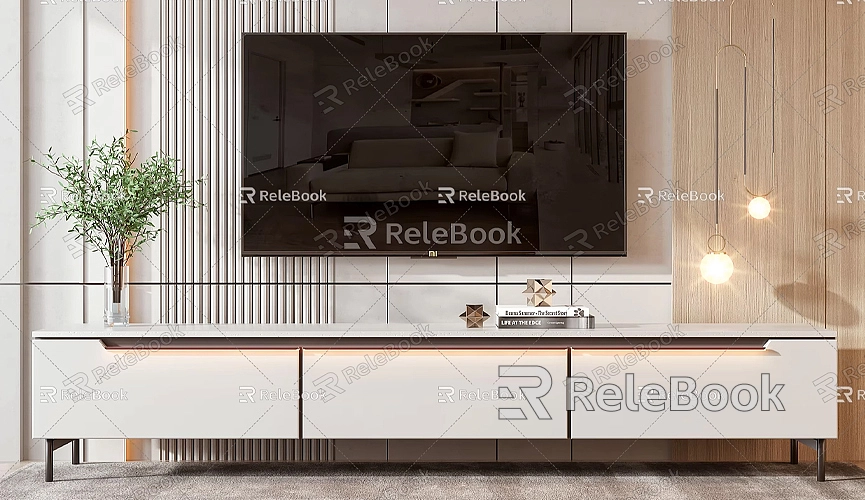How to make sketchup model look beautiful
SketchUp, a powerful 3D modeling tool, is widely used in architecture, interior design, landscape design, and product design. A visually appealing SketchUp model not only communicates design intent more effectively but also captivates audiences and enhances project professionalism. Making a model stand out involves more than technical skills—it’s an art. This article explores various strategies and practical tips to make your SketchUp model look beautiful.
Choosing the Right Scale and Structure
Before focusing on aesthetics, ensure your SketchUp model has a proper scale and structure. Whether it’s a building, furniture, or decorative item, maintaining realistic proportions is essential for creating a convincing model and setting the stage for further refinements.

Establishing Scene Scale
Define the project’s purpose before you begin modeling. For architectural designs, adhere to building codes; for furniture, consider interior layout constraints. Use the Tape Measure Tool to verify that model dimensions meet the requirements. Adding reference images or importing external models can further enhance scale accuracy.
Key to Structural Optimization
In addition to proportions, plan the structural layout carefully. Avoid overly complex geometries that complicate texturing and rendering later. For curved or rounded surfaces, increasing the number of segments can improve smoothness and give the model a polished appearance.
Adding High-Quality Textures and Materials
Materials and textures play a crucial role in enhancing a SketchUp model’s beauty. High-quality materials can transform an ordinary model, adding realism and visual appeal.
Importance of High-Resolution Textures
Using high-resolution textures can significantly improve the model’s quality. Low-resolution materials may appear blurry when scaled, detracting from the overall effect. If you need high-quality 3D textures and HDRI maps, visit textures.relebook.com for free downloads. This resource offers a wide variety of materials, such as wood, metal, stone, and fabric, to meet diverse design needs.
Customizing Material Settings
SketchUp allows users to adjust material properties, including scale, color, and transparency. Fine-tuning these parameters helps achieve a precise match to your design requirements. For example, adding slight transparency and reflection to glass materials enhances realism, while detailed wood grain textures add a natural touch.
Enhancing Depth with Lighting and Shadows
Lighting and shadows are crucial for adding depth and drama to a SketchUp model. Even simple models can appear dynamic and engaging when lit effectively.
Combining Natural and Artificial Light

SketchUp’s Shadows Settings tool simulates natural sunlight. By adjusting date and time parameters, you can achieve various lighting angles to highlight model details. Additionally, adding artificial light sources, such as point lights and spotlights, can enhance the atmosphere of the scene.
Using HDRI for Realistic Lighting
High Dynamic Range Images (HDRI) provide realistic lighting environments by simulating natural sky illumination and reflections. Importing HDRI files into SketchUp creates a more vivid and lifelike effect. For high-quality HDRI resources, visit textures.relebook.com for free downloads.
Adjusting Backgrounds and Scene Layout
The background and scene arrangement significantly influence a model’s aesthetic appeal. A suitable background not only highlights the model but also adds a narrative to the design.
Creating a Realistic Environment
Enhance the sense of place by adding simple background elements like the sky, ground, or surrounding buildings. SketchUp’s Terrain Tool helps create varied landscapes, ideal for landscape design projects.
Adding Detail with Objects
Including small decorative elements, such as plants, lighting fixtures, or accessories, brings life to the model. For premium 3D models, visit 3dmodels.relebook.com. Relebook offers a wide range of high-quality 3D assets that can be seamlessly integrated into SketchUp, adding intricate details to your scenes.
Post-Rendering and Optimization
Rendering is the final step to make your SketchUp model truly shine. A well-rendered image faithfully replicates lighting, materials, and the environment, elevating the model’s visual impact.
Choosing the Right Rendering Engine
Several rendering plugins are available for SketchUp, including V-Ray, Enscape, and Lumion. These tools support advanced lighting and material effects, catering to the varying needs of designers.
Post-Processing for Perfection
Even after rendering, post-processing can enhance the final result. Use image editing software like Photoshop to adjust colors, contrast, and details, ensuring the model looks as stunning as possible.
Attention to Detail
When aiming for beauty, details often make the difference. Here are some common optimization tips:
· Smooth Edges: Use the Soften/Smooth Edges tool to improve the appearance of curved surfaces and connections.
· Remove Redundancies: Clean up unnecessary geometry and hide unused components to boost performance and maintain clarity.
· Use Proxy Models: For complex scenes, replace secondary elements with low-polygon proxy models to preserve system resources while retaining scene integrity.
Creating beautiful SketchUp models involves a holistic approach, balancing scale, materials, lighting, and scene composition. By incorporating high-quality textures and models, leveraging effective lighting techniques, and carefully arranging the scene, you can achieve stunning visual results.
For high-quality 3D textures and HDRI maps, visit textures.relebook.com. For premium 3D models, explore 3dmodels.relebook.com. Relebook’s extensive resources inject inspiration and beauty into your designs, making your SketchUp projects stand out.

